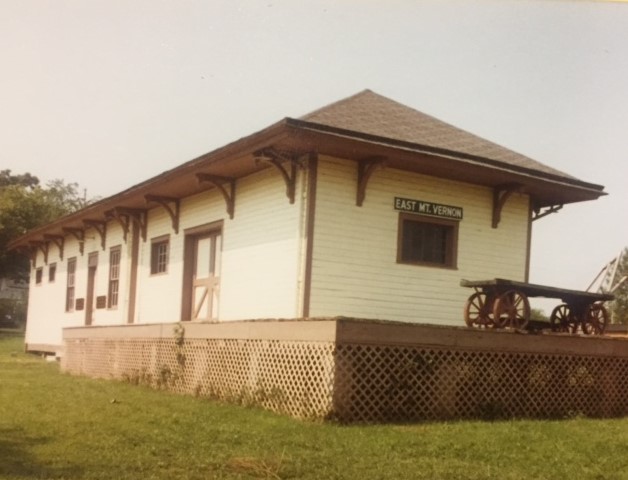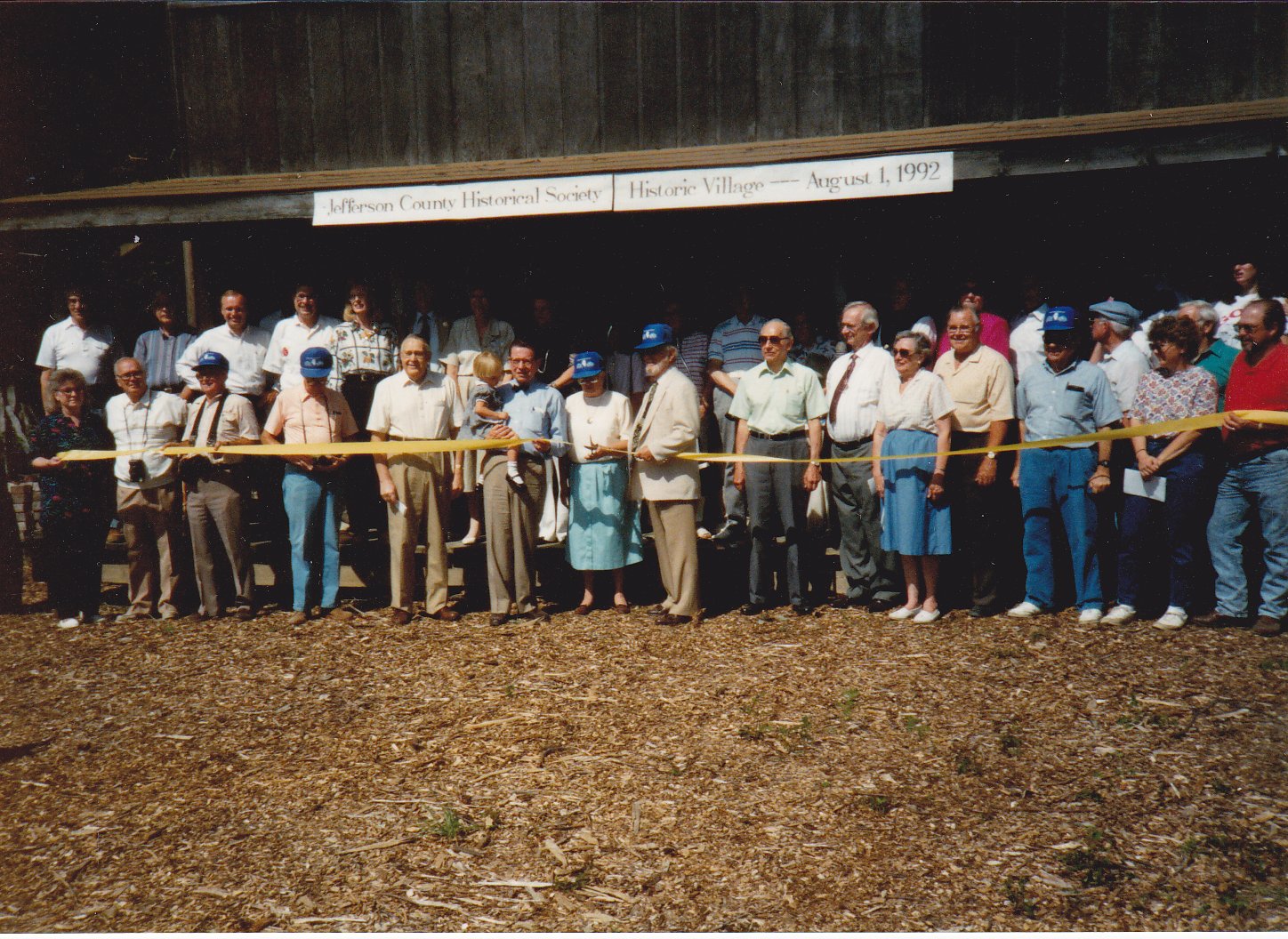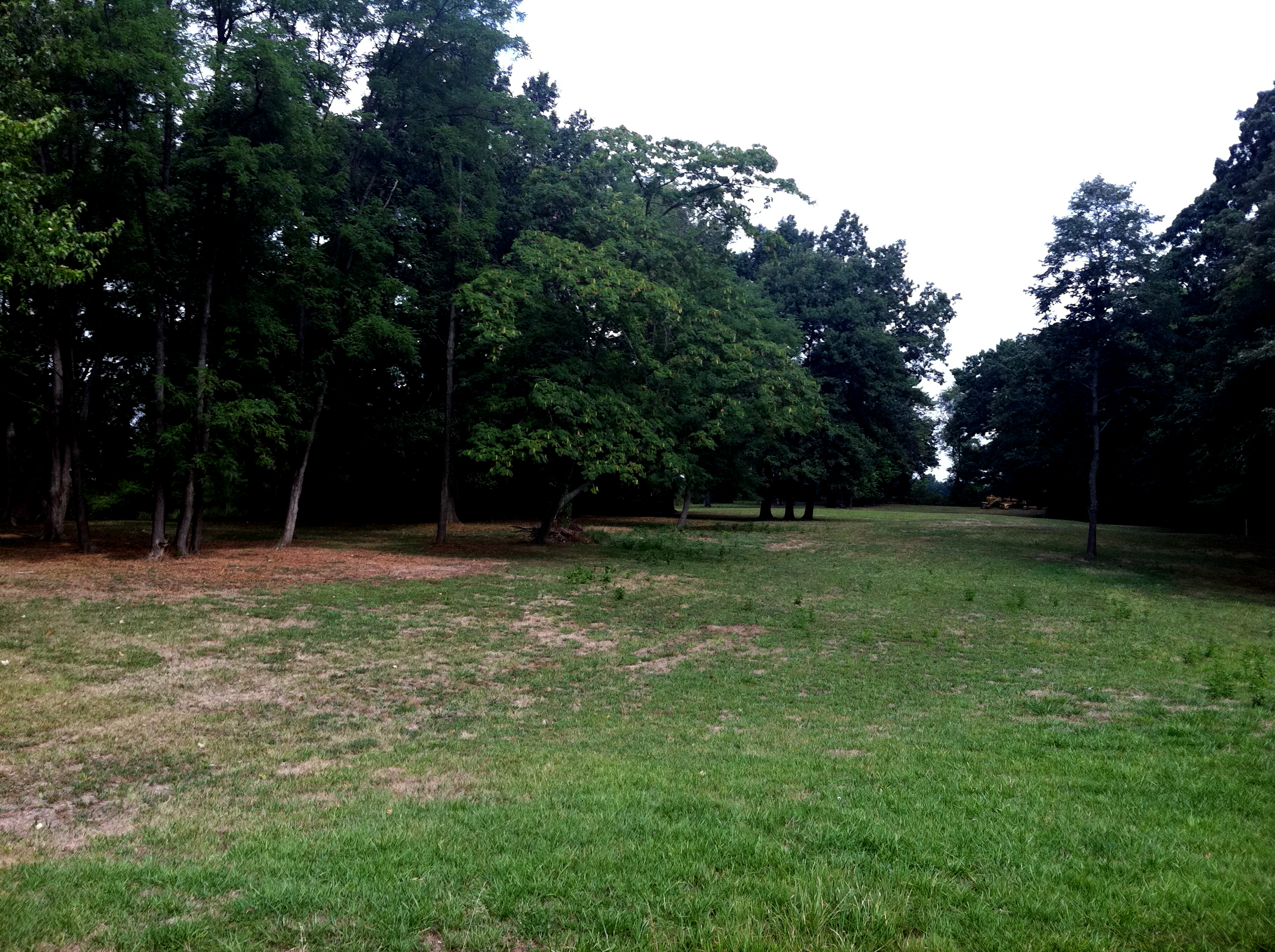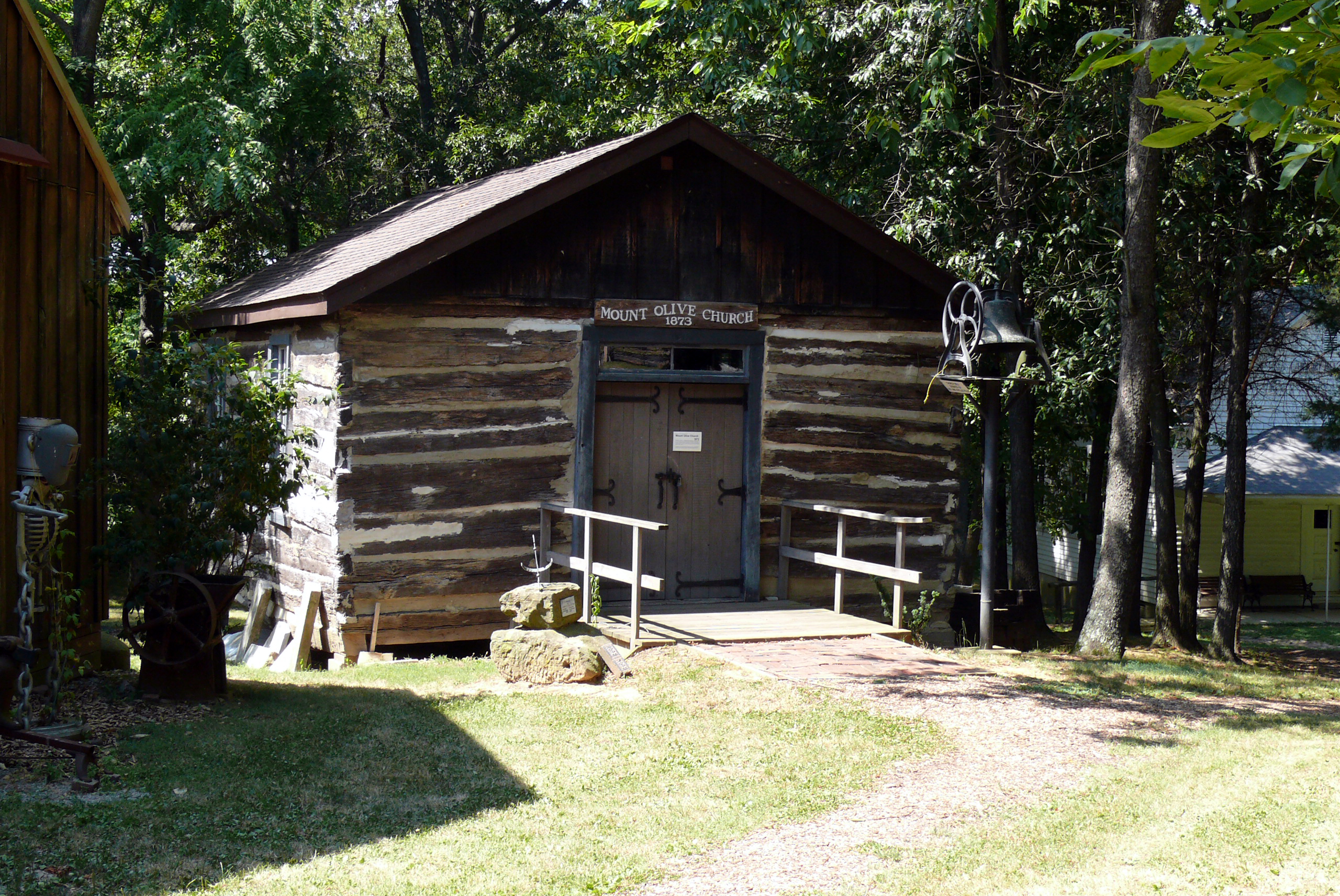Citizens determined to preserve artifacts of the past before they disappeared forever founded the society in 1946. They held quarterly dinner meetings in local churches to inform and entertain each other as collectibles were acquired. Showcases of artifacts were placed in the City Hall council room.
Member Fern Watson bequeathed $10,000 to the society conditioned on the establishment of an operating museum. This requirement was met when the old Southern Ra ilway depot was given to the society and was moved approximately three blocks to the east edge of the city. The depot served as a museum for years.
ilway depot was given to the society and was moved approximately three blocks to the east edge of the city. The depot served as a museum for years.
The dream of a real historical village was given impetus when we were allowed to move two donated buildings, the Mount Olive Church and the city calaboose (the county’s first jail), to the grounds of the Mitchell Museum at Cedarhurst.
In 1990 Carl Lincoln Schweinfurth, a trustee of Cedarhurst as well as a director of the historical society, gave us 3.5 acres of ground on North 27th St. near the Old Union and St. Mary Cemeteries. This land, rough and  overgrown, crisscrossed with barbed and woven wire fences, had for years been used as a pasture and an unauthorized dumping ground. Our volunteers spent two years clearing it and cutting down the highest hill. Two members, Tom Puckett and Kitty Irvin, quitclaimed 1.5 acres providing a connection to the Old Union Cemetery plot containing the graves of many early citizens including Illinois Lt. Governors Zadok Casey and Stenson Anderson and their families. Today nature trails through these acres take hikers from the main village to the cemetery and from the cemetery to the back of the village behind the corn crib.
overgrown, crisscrossed with barbed and woven wire fences, had for years been used as a pasture and an unauthorized dumping ground. Our volunteers spent two years clearing it and cutting down the highest hill. Two members, Tom Puckett and Kitty Irvin, quitclaimed 1.5 acres providing a connection to the Old Union Cemetery plot containing the graves of many early citizens including Illinois Lt. Governors Zadok Casey and Stenson Anderson and their families. Today nature trails through these acres take hikers from the main village to the cemetery and from the cemetery to the back of the village behind the corn crib.
 We moved our two buildings from Cedarhurst to the new location, then purchased the general store building and its artifacts from member Tom Puckett and moved them onto our property.
We moved our two buildings from Cedarhurst to the new location, then purchased the general store building and its artifacts from member Tom Puckett and moved them onto our property.
The print shop and blacksmith shop, both built new on site as donations by Floyd and Beckie Brewer and Bill and Helen Steffy, respectively, gave us five buildings when U. S. Senator Paul Simon cut the ribbon at the village dedication in August 1992. (Click picture to enlarge)
 The Carl L. Schweinfurth Museum and Interpretive Center was built for us by Carl as a gift in 1996. Funds for the building’s mechanical system were raised through the sale of marble benches and memorial walkway bricks. Carl died soon after the museum building was completed, but we continue to benefit from his philanthropy through a generous bequest and many improvements, especially the rustic façade of the museum and its interior, funded by grants from the Carl L. Schweinfurth Foundation.
The Carl L. Schweinfurth Museum and Interpretive Center was built for us by Carl as a gift in 1996. Funds for the building’s mechanical system were raised through the sale of marble benches and memorial walkway bricks. Carl died soon after the museum building was completed, but we continue to benefit from his philanthropy through a generous bequest and many improvements, especially the rustic façade of the museum and its interior, funded by grants from the Carl L. Schweinfurth Foundation.
Our volunteers constructed several buildings with logs found in Jefferson County. The one-room Hickory Hill School, given to us along with funds for the move by Mr. and Mrs. Fletcher Farrar, was brought in from near Bluford. Other structures moved intact to the site were a two-room log home, a corn crib, a smokehouse and a windmill.

Through donations, major gifts, and thousands of hours of volunteer labor, 19 structures, with cash outlay for only two of them, now comprise the village.
We have welcomed visitors from most of the 50 states and many foreign countries and have received many compliments on the quality of our facilities. Our volunteer docents deserve much credit for greeting all of these guests. We have hosted, in conjunction with the Illinois Humanities Council, three six-week-long Smithsonian Institution Museum on Main Street exhibits.
We operate an admission-free facility, open weekends for six months of the year, with cash flow, other than member dues and very limited investment income, from several fundraisers each year. We have been gratified by the success of our improved outreach programs and we are excited about the opportunity to expand them and serve an even greater number of visitors and students. We are in agreement with the many visitors and supporters who consider the village a true Jefferson County treasure.


